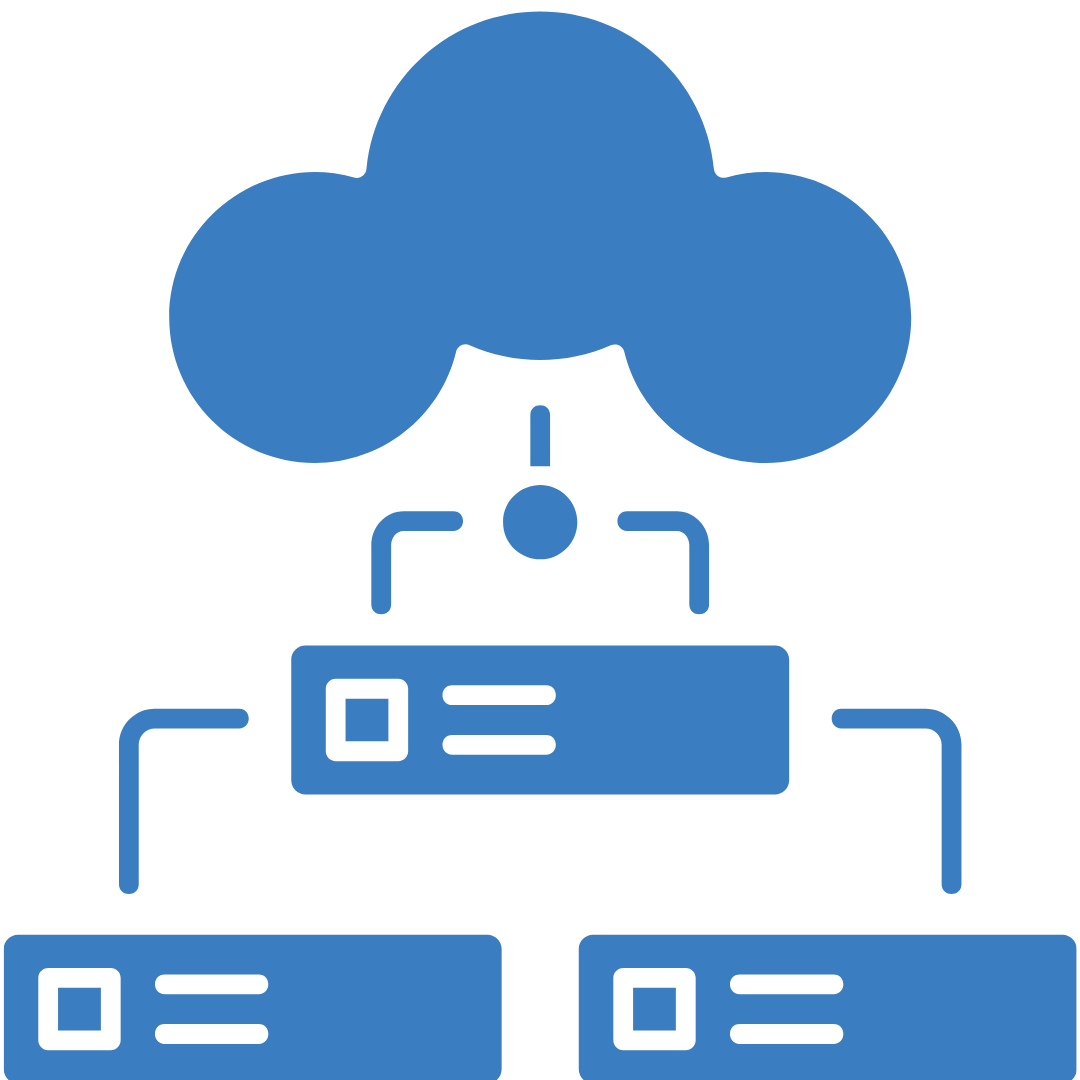Kubernetes CI/CD Pipelines: What, Why, and How?

Kubernetes CI/CD pipelines are garnering applause from the tech community at every turn - and how! After all, Kubernetes has emerged as the container orchestration champion, revolutionizing the way we approach software development.
As a result, optimized CI/CD pipeline Kubernetes becomes critical for managing reliable application deployments. This guide will walk through key concepts plus top tools and best practices around building robust continuous integration and delivery workflows for Kubernetes.
CI/CD and its Role

Kubernetes's role extends beyond a mere facilitator—it's the conductor ensuring containerized application movements flow effortlessly across the vast stage of hosts. By leveraging Kubernetes within CI/CD pipelines, teams achieve automated orchestration of the software release process - from integrating code changes to quality testing and promoting builds through staging environments into final production.
CI/CD aims to standardize release management, maximize quality and feedback speed while minimizing costs and risks inherent to manual processes.
What to Know about Kubernetes
Recently, it’s observed that Kubernetes architecture has emerged as the go-to platform for container orchestration.
- It simplifies the management of containerized applications
- Provides automated deployment, scaling, and operations of application containers across clusters of hosts.
- By combining Kubernetes with CI/CD pipelines, teams gain the ability to orchestrate the deployment of complex applications seamlessly.
- This pairing fosters agility and reliability, crucial aspects of modern software development.
The Composition of a Kubernetes CI/CD Pipeline

Kubernetes and CI/CD pipelines are designed to refine software development by enhancing the quality and automating processes to expedite development. Thus, organizations stand to gain when adopting CI/CD workflows in conjunction with Kubernetes.
Essential elements that form a Kubernetes-based CI/CD pipeline include
Kubernetes key components include:
- Containers: Tools like Docker encapsulate application components, harmonizing integration across various environments.
- Operating Clusters: These serve as deployment venues for containers after the CI/CD tool's green light.
- Configuration Management: This involves detailed record-keeping of infrastructure configurations and tracks modifications within the system.
- Version Control System (VCS): A repository that centralizes code changes and commits, prompting the CI/CD tool to initiate the pipeline when new updates are merged.
- Image Registries: Repositories for Docker container images are maintained here.
- Security Testing and Audits: These processes ensure a secure and reliable application by integrating security measures directly into the pipeline structure.
- Continuous Monitoring and Observability: These practices provide developers with critical insights into the application's behavior throughout its lifecycle.
Kubernetes vs. Other Deployment Solutions: Unmatched Benefits

Have you wondered? Which is better? Kubernetes vs traditional deployment? Kubernetes excels in its advanced service discovery and load balancing capabilities, outperforming other deployment tools, such as Amazon ECS, which often relies on additional services like Route 53 for similar functionalities.
Declarative Configuration for Enhanced Scaling
With Kubernetes, you're introduced to a declarative configuration files model that significantly eases the management of application states when compared to the more hands-on scaling required by ECS. Kubernetes intelligently auto-scales in response to traffic fluctuations, promoting superior operational effectiveness.
Strong, Active Community Support
The Kubernetes platform thrives on the robust contributions from its CNCF-supported community, driving innovation and community action customer service far beyond the offerings of tools like ECS.
Simplified Management with Automatic Scaling
Kubernetes champions the use of declarative setups, making application changes and versioning a breeze, as opposed to ECS's more hands-on imperative scaling methods. It dynamically allocates resources through its horizontal pod autoscaling feature, a process that's notably more intricate in ECS.
Extensive Ecosystem Fueled by Community Contributions
The Kubernetes community, backed by the CNCF, offers an extensive suite of integrations and community-provided tools, far exceeding the capabilities you'd find with ECS. This empowers users with a more versatile toolkit for comprehensive application management.
Challenges of Kubernetes CI/CD Pipelines for Microservices Architecture?

1. Complex Coordination: Kubernetes CI/CD pipelines for microservices, especially in the context of microservices architecture ecommerce, must manage numerous independent services, each with its own set of dependencies. This complexity requires sophisticated coordination to ensure all microservice updates occur in harmony, supporting the dynamic nature of online retail environments.
2. Dependency Management: Each microservice might rely on different external dependencies, making it challenging to manage versioning and prevent conflicts across the entire system.
3. Varied Release Cycles: With microservices, individual components might be developed and ready for release at different times. The CI/CD pipeline must effectively manage these staggered release cycles without disrupting the overall application.
4. Scalability Challenges: Microservices may each demand different scalability considerations, necessitating a Kubernetes setup that can dynamically adjust resources to meet the individual needs of each service.
5. Testing Overhead: The distributed nature of microservices means that integration and end-to-end testing must cover a more complex network of interactions, increasing the effort and infrastructure needed for thorough testing.
6. Version Control: Maintaining consistent versioning across all microservices is critical to system stability. Changes in one service must not adversely affect others, requiring meticulous version control practices.
7. Networking Complexity: Microservices involve intricate networking that often includes service meshes and API gateways. Ensuring fault tolerance and robust networking adds significant layers to the CI/CD process.
8. Resource Efficiency: When deploying monolithic applications on Kubernetes, there's a risk of not utilizing Kubernetes' capacity for managing smaller, more ephemeral service units effectively, potentially resulting in inefficient resource use.
9. Strategic Migration Requirements: Shifting from a monolith to a microservices architecture in Kubernetes is a strategic decision. Doing so without clear benefits may introduce unnecessary complexity and diminish returns on investments.
10. Optimal Environment Evaluation: Although Kubernetes can support monolithic applications, discerning whether it is the best environment requires an assessment of how much the architecture can benefit from Kubernetes' orchestration capabilities.
Key Practices to Elevate Kubernetes CI/CD Pipelines in Cloud-Native Ecosystems

1. Embracing GitOps for Unified Management: Implementing GitOps allows the use of version control systems like Git to manage infrastructure alongside application configurations. This practice facilitates better change tracking and keeps infrastructure changes as transparent and versioned as application code.
2. Employing Strategic Deployment Techniques: Incorporating deployment methods such as blue/green, canary, and A/B testing techniques helps to stave off service interruptions. These methods enable smoother transitions by validating changes in production-like environments and providing instant rollback mechanisms.
3. Leveraging Observability for Pipeline Vigilance: Constant monitoring of the CI/CD pipeline's health through observability tools allows for the swift identification of any deviations. Establishing alerts and insights into pipeline performance ensures timely interventions, maintaining the integrity and efficiency of the entire deployment process.
An Overview of Kubernetes-Friendly CI/CD Tools

1. GitHub Actions: Streamlined Workflows for GitHub Projects
GitHub Actions enables automation of build, test, and deployment processes within the GitHub ecosystem, utilizing GitHub Actions environment variables to tailor workflows to specific needs. While it shines in CI capabilities, it may lack advanced CD features like detailed deployment strategies. However, its native integration with GitHub repositories makes it a prime tool for projects on that platform."
2. GitLab CI: An End-to-End Solution within GitLab
As a major player in source-code hosting, Kubernetes CI CD GitLab offers a comprehensive tool with GitLab CI, covering not only CI tasks but also CD needs such as cluster management. It's particularly effective for those leveraging the GitLab platform, providing a cohesive CI/CD environment tailored for Kubernetes.
3. Jenkins X: Kubernetes-native CI/CD from an Industry Veteran
Jenkins Xunit extends the renowned CI tool Jenkins into the realm of Kubernetes, offering a Kubernetes-centric CI/CD system. It's a prescriptive tool that suits Kubernetes deployments, although still developing, indicating potential for growth and expanded capabilities in Kubernetes CI/CD pipelines.
4. Argo CD: A Declarative Success for GitOps-driven Delivery
Argo CD Kubernetes is designed specifically for Kubernetes, following GitOps practices. It automatically deploys applications from source-code repositories based on declarative descriptions. With direct Kubernetes cluster integration and supportive community backing, Argo CD is an appealing pick for those committed to GitOps methodology.
5. Spinnaker: A Powerhouse for Multifaceted Deployments
Initially developed at Netflix and now open-sourced, Spinnaker is focused on continuous delivery for multiple cloud providers, including Kubernetes. Though it requires a good grasp of its intricacies, its broad multi-cloud support suits large-scale enterprises with complex release and infrastructure requirements.
Essential Elements of a CI/CD Pipeline in Kubernetes Ecosystems

1. Containerization
Containers, especially using Docker, are the bedrock of encapsulating your application's components. They're your application's packing crates, making sure that everything needed runs the same, no matter where it's deployed. This uniformity is key to smooth CI/CD operations in Kubernetes.
2. Cluster Operations
Think of clusters as the stage where your containers perform. After getting the green light from your CI/CD tools, containers take their place in these clusters for the show—deployment. Kubernetes plays the role of the director here, optimizing the containers' performance and ensuring they're ready for action, anytime, anywhere.
3. Configuration Keepers
The CI/CD process relies heavily on configuration management—this is where the playbook for your infrastructure lives. It remembers every tweak and change, helping your team to stay in sync and deployments to remain consistent across different stages.
4. Version Control Integration
A version control system like Git is like the start button for your CI/CD pipeline. Code changes are its cue to commence, automating the entire suite of build, test, and deploy processes while keeping a meticulous record of every iteration.
5. Imaging Stations
Image registries are the libraries of your Docker images. They're secure vaults where your container images are catalogued and stored, ready to be pulled out for deployment at a moment's notice, ensuring no mix-ups in the versions that go live.
6. Security Checks
Security represents the shield of your CI/CD pipeline, holding strong while development marches at pace. Through constant security tests and inspections, the pipeline stands guarded against threats, an automated fortress ingrained within your workflow.
7. Monitoring and Insight Tools
Last but never least, monitoring and observability tools are your mission control. Tools like Prometheus and Grafana provide a dashboard of vital signs, from the health to the performance of your applications, crucial for tackling issues before they escalate.
Each component takes up a critical role, interlinking to form a CI/CD pipeline that's both robust and agile, honing a development environment where speed, safety, and quality coexist seamlessly in the Kubernetes landscape.
In the ever-shifting terrain of technology, Kubernetes CI/CD pipelines stand as pillars of innovation. Every code release becomes a strategic operation, sharply reducing downtime and vulnerability. With Kubernetes CI/CD pipelines, we craft tomorrow's digital landscapes with precision and foresight, setting a new benchmark for software that transcends the ordinary. Get in touch with our experts to know more!

Why Automation Testing Cannot Completely Replace Manual Testing

The Significance and Benefits of Project Manager Meetings


